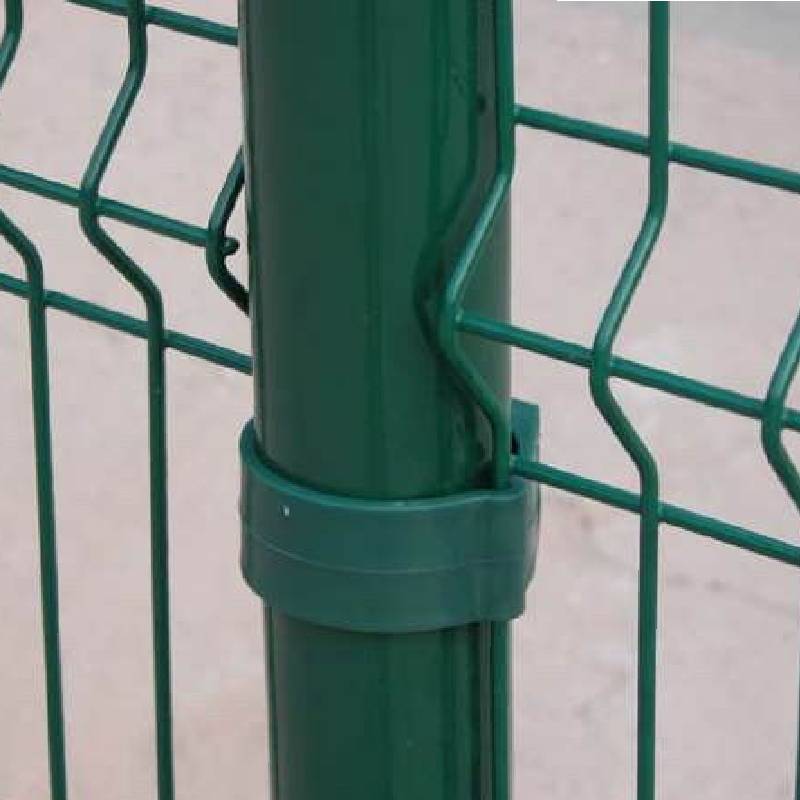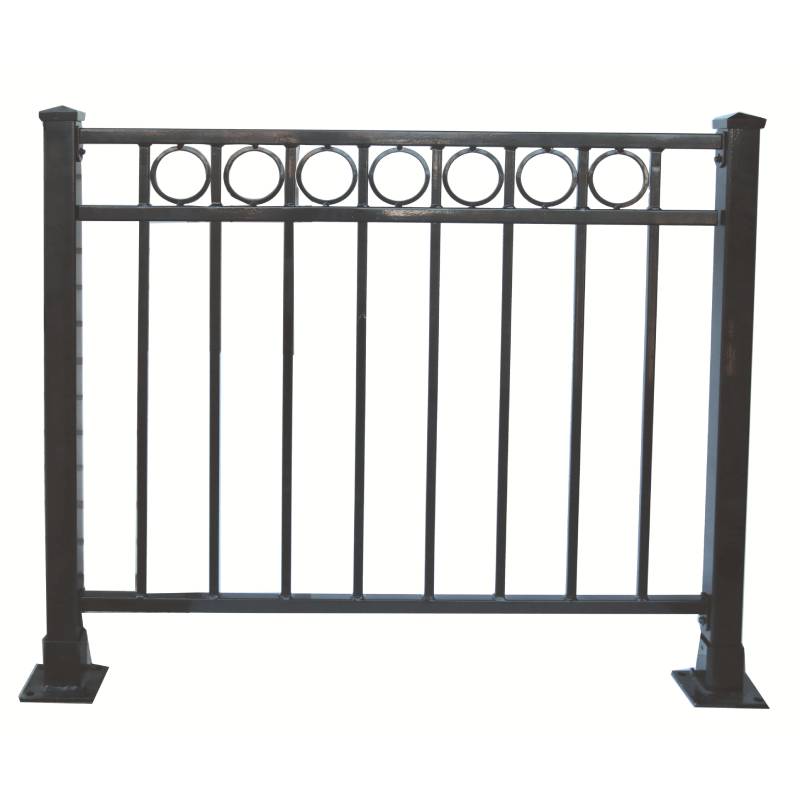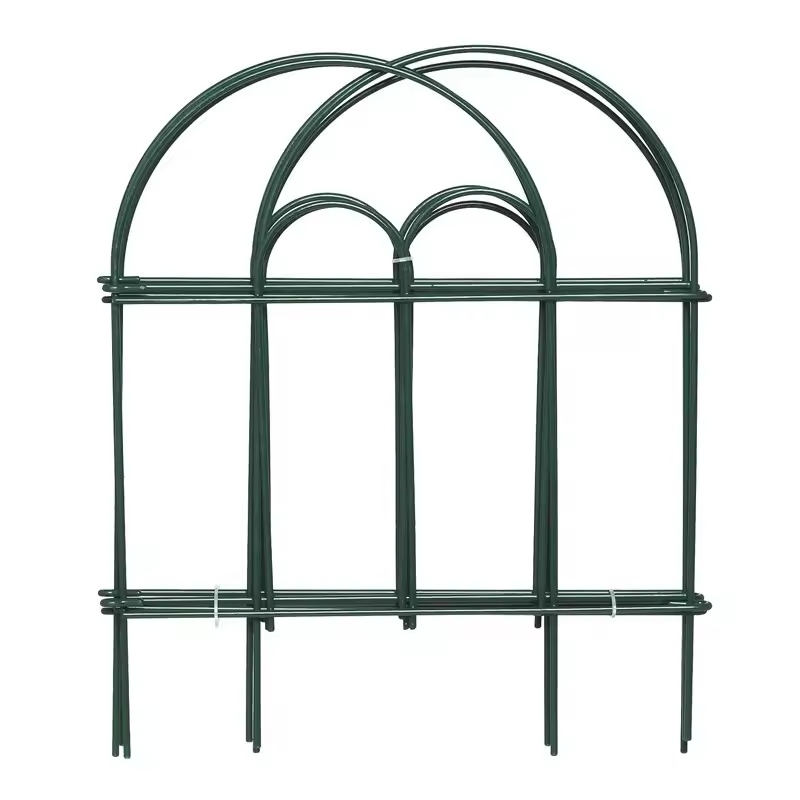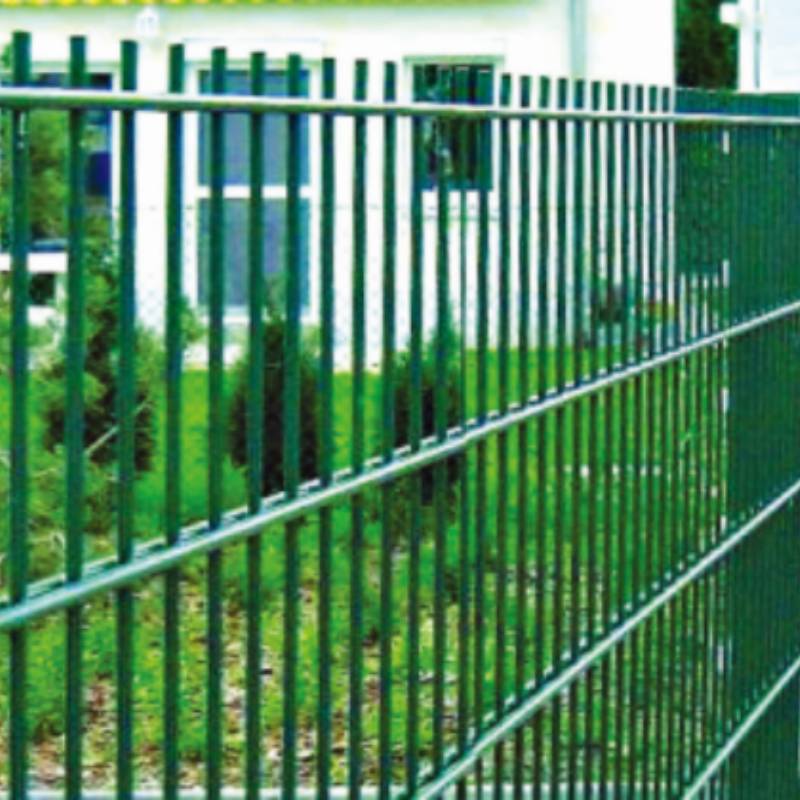-
E-mail:zhao@hyliec.cn
-
Tel:+86 311 85273988
-
Whatsapp:8613931128750
-
 africano
africano -
 albanês
albanês -
 amárico
amárico -
 árabe
árabe -
 Armênio
Armênio -
 Azerbaijano
Azerbaijano -
 Basco
Basco -
 Bielorrusso
Bielorrusso -
 bengali
bengali -
 Bósnio
Bósnio -
 búlgaro
búlgaro -
 catalão
catalão -
 Cebuano
Cebuano -
 Córsega
Córsega -
 croata
croata -
 Tcheco
Tcheco -
 dinamarquês
dinamarquês -
 Holandês
Holandês -
 Inglês
Inglês -
 esperanto
esperanto -
 estoniano
estoniano -
 finlandês
finlandês -
 Francês
Francês -
 Frísio
Frísio -
 Galego
Galego -
 Georgiano
Georgiano -
 Alemão
Alemão -
 grego
grego -
 Gujarati
Gujarati -
 crioulo haitiano
crioulo haitiano -
 hauçá
hauçá -
 havaiano
havaiano -
 hebraico
hebraico -
 Não
Não -
 Miao
Miao -
 húngaro
húngaro -
 islandês
islandês -
 igbo
igbo -
 indonésio
indonésio -
 irlandês
irlandês -
 italiano
italiano -
 japonês
japonês -
 javanês
javanês -
 Kannada
Kannada -
 cazaque
cazaque -
 Khmer
Khmer -
 Ruanda
Ruanda -
 coreano
coreano -
 curdo
curdo -
 Quirguistão
Quirguistão -
 tb
tb -
 Latim
Latim -
 letão
letão -
 lituano
lituano -
 Luxemburguês
Luxemburguês -
 Macedônio
Macedônio -
 Malgashi
Malgashi -
 malaio
malaio -
 Malaiala
Malaiala -
 maltês
maltês -
 maori
maori -
 Marathi
Marathi -
 mongol
mongol -
 Mianmar
Mianmar -
 nepalês
nepalês -
 norueguês
norueguês -
 norueguês
norueguês -
 Occitano
Occitano -
 pashto
pashto -
 persa
persa -
 polonês
polonês -
 Português
Português -
 punjabi
punjabi -
 romena
romena -
 russo
russo -
 samoano
samoano -
 gaélico escocês
gaélico escocês -
 sérvio
sérvio -
 Inglês
Inglês -
 Shona
Shona -
 Sindi
Sindi -
 Cingalês
Cingalês -
 Eslovaco
Eslovaco -
 esloveno
esloveno -
 somali
somali -
 Espanhol
Espanhol -
 Sudanês
Sudanês -
 suaíli
suaíli -
 sueco
sueco -
 tagalo
tagalo -
 tadjique
tadjique -
 tâmil
tâmil -
 Tártaro
Tártaro -
 Telugu
Telugu -
 tailandês
tailandês -
 turco
turco -
 turcomano
turcomano -
 ucraniano
ucraniano -
 urdu
urdu -
 Uigur
Uigur -
 Usbeque
Usbeque -
 vietnamita
vietnamita -
 galês
galês -
 Ajuda
Ajuda -
 iídiche
iídiche -
 Iorubá
Iorubá -
 zulu
zulu
Cerca de painel
Wholesale Metal Fence Panels ?
Wholesale metal fence panels are a popular choice for those looking for durable and secure fencing solutions. These panels are often made steel materials providing a
strong and long-lasting option for garden fencing. They are available in various designs and sizes, making them suitable for a wide range of applications. Wholesale options offer cost-effective solutions for purchasing metal fence panels in bulk, making them ideal for contractors, landscapers, and property developers looking to install fencing on a larger scale.
Is It Cheaper To Buy Fence Panels Or Build Them?
The cost of buying fence panels versus building them can vary depending on several factors. In general, buying pre-made fence panels can be cheaper and more time-efficient than building them from scratch. Pre-made panels are mass-produced, which often makes them more cost-effective due to economies of scale. Additionally, purchasing fence panels can save on labor costs, as they are typically easier and quicker to install compared to building a fence from individual components. However, building a fence from raw materials allows for more customization and control over the design, which may be a priority for some individuals. It's important to consider the specific requirements, budget, and time constraints when deciding whether to buy or build fence panels.
How To Install A Panel Fence?
To install a panel fence involves several steps:
1. Measure and plan: Determine the length of the fence and calculate the number of panels needed. Plan the layout and ensure the fence posts are installed at the appropriate intervals to accommodate the panels.
2. Install the posts: Dig holes for the fence posts, ensuring they are deep enough to provide stability. Set the posts in concrete and allow them to cure before attaching the panels.
3. Attach the panels: Once the posts are set, attach the panels to the posts using appropriate fasteners such as screws or nails. Ensure the panels are level and properly aligned.
4. Add finishing touches: Depending on the type of panels used, additional finishing touches such as capping, trim, or paint may be required to enhance the appearance and durability of the fence.
5. Maintenance: Regular maintenance, such as cleaning and sealing, may be necessary to ensure the longevity of the fence panels.
It's important to follow the manufacturer's instructions and local building codes when paneling a fence to ensure proper installation and compliance with regulations. If in doubt, it's advisable to consult with a professional or seek guidance from experienced individuals.








